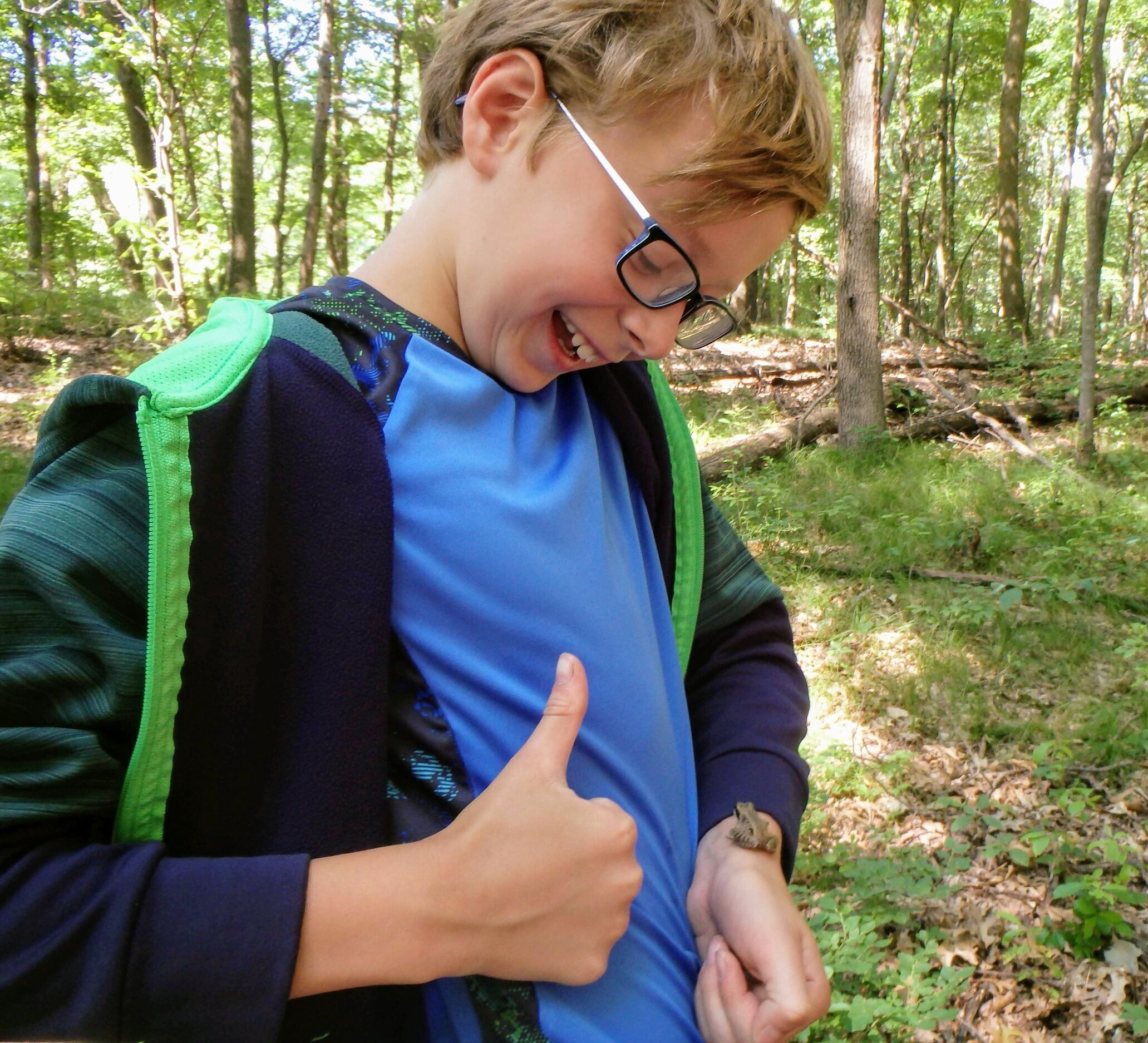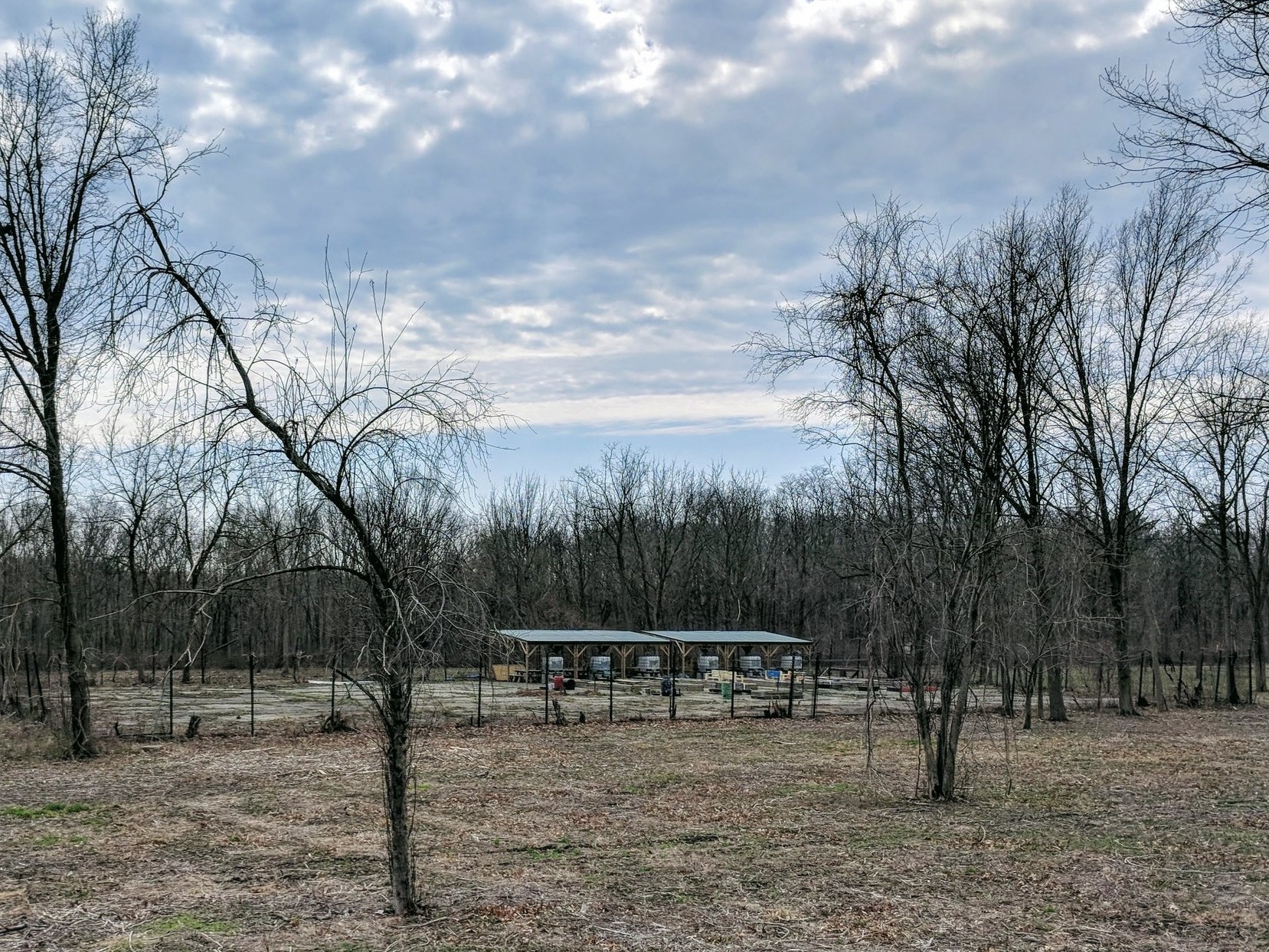My Winter Wonderland
/By Chief Naturalist Anthony Escobedo
“What a beautiful day it is outside!”
When you hear this what comes to mind? A fresh spring day as the violets begin to appear? A vibrant fall morning when the leaves crunch under your feet and the trees are an array of colors? Or perhaps it is a warm sunny day in the summer, with your feet in the sand, listening to the waves of Lake Michigan. But to me, nothing is more beautiful than winter at the Indiana Dunes.
During winter, beauty is all around us. From the frost tips on the trees to the shelf ice on the lake, Indiana Dunes has become my winter wonderland. There is so much beauty around us that sometimes we have to just witness it and bask in our wonder.
Recently, naturalist Zach reinstalled the Dunes Learning Center bird feeder. To me, this brings a lot of excitement! The mystery of which birds will arrive. The interactions between the birds. How gracefully and nimbly they can land on the feeder despite the strongest of winds. A bird feeder is much like a good bonfire; I could watch it endlessly without giving it a second thought. However this time, I did give it a second thought. One of my favorite birds (a sure sign of winter and the beauty that comes with it) is the black capped chickadee. Small in stature but big in personality. How does a creature so small survive outside when it is so cold?
This has led me to investigate yet another beautiful moment during winter at the Dunes. The main themes of our “Winter In The Dunes” program are adaptation and survival. For example, we learn that birds fluff to retain heat, much like we put on a puffy winter coat. However, the black-capped chickadee does that and much more.
During my research, I learned that black-capped chickadees can regulate hypothermia. Now just by the sound of that many people would think “Hypothermia!? That sounds dreadful!” But to the black-capped chickadee, this is how they not only survive, but thrive in the coldest of conditions. Their strategy? Drop their body temperature at night by as much as 10 degrees Fahrenheit! By doing so, they regulate their metabolism to conserve energy. Then they literally shiver the entire night to generate heat to stay warm. Remarkable!
This winter, I challenge you to put on your boots, gloves, hat, and fluffy winter jacket. Then step outside for a hike and explore the beauty of winter. Perhaps you can find some beautiful inspiration to enjoy winter...or at least make it until spring.
Anthony Escobedo
Chief Naturalist


















































































